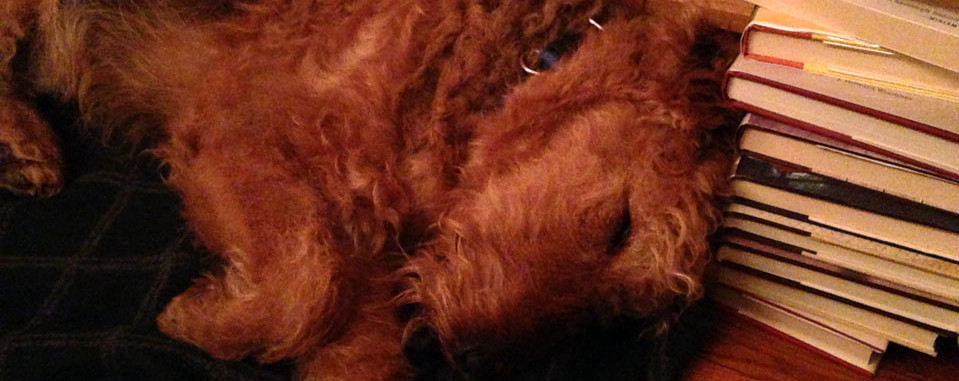
This vivid, engrossing novel traces the entangled lives of a set of British and German families and friends through the Victorian and Edwardian periods. The book brims with rich description and an almost intimidating amount of social and historical detail, often intermingling the fictional cast of characters with real life figures, including William Morris, Oscar Wilde, JM Barrie and Emmeline Pankhurst. The Victoria and Albert Museum plays a significant role that almost makes it a character unto itself.
The Children’s Book arrestingly captures the collision of different societal, political and cultural forces leading up to the cataclysm of the First World War. With all this potential for both structural and thematic sprawl, the novel still manages to be strikingly emotionally engaging and resonant, to the very last page. Even when addressing troubling developments and interactions amongst the entwined families, the story always proceeds at a thoughtful and measured pace and takes comfort where it can in the idyllic settings from which the families harken. The country homes of the main families are still havens, even as those places harbour some of the disappointments, secrets, memories and almost literal skeletons in closets that complicate many of their lives. By contrast, the last section of the book seems hurried, but at the same time undoubtedly replicates well the headlong rush into wrenching, unimaginable upheaval that was the First World War. In fact, the jarringly terse tone of some of the final scenes make them that much more affecting. Byatt weaves myriad recurring images and scenarios throughout – those of flowing water, earth and clay, and puppets, doppelgangers, twins and unwitting siblings (which might be a bit of a spoiler!) are most arresting. On every level, The Children’s Book is a captivating and very memorable read.